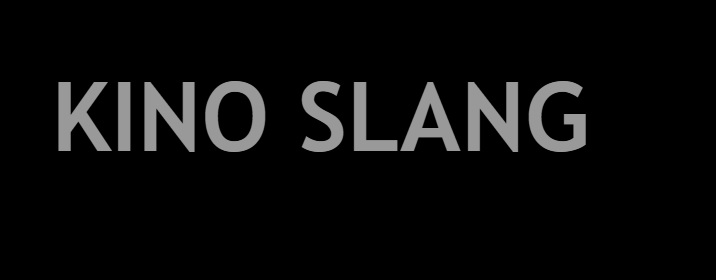
The Iron Mask (1929) by Allan Dwan
The Testament of Doctor Cordelier (1959) by Jean Renoir.
These two filmmakers, in these exemplary films, the first following Griffith, the second Chaplin, give us the key to the vault, part of the great quest undertaken by the cinema: the human face. Each illustrates in an exemplary way the fiction of a split. The man in The Iron Mask is twice cursed by the Sun-King: his face, because it is identical to another, must disappear from sight. The rule of dramatic balance in the cinema (familiar faces and the hierarchy that follows) is reversed: "secondary elements" (sets, background characters, decoupage… here: the camera's axis in relation to the table, an almost metallic light that equalizes the pitcher, the cup, the dish, the plate and the mask) are all there to serve what the missing face goes on to say.
At another extreme: Opale, the nocturnal embodiment of Doctor Cordelier (this is not twin against twin, competing for divine right and disputing the throne, but a man alone -- a modern Jekyll and Hyde -- torn between the rule of decency and the overflowing plunder inside of him), threatens to explode the frame: by his swollen face (that of J.L. Barrault), deformed, horrifyingly ugly, by his menacing growls, by these gestures that escape the body (the trampling of a little girl, the caning of an old man and a cripple over the course of the film), all these are "secondary elements" trembling at their base: at the dawn of the TV drama, Renoir, sensing the procession of innumerable, quiet daubs that could be born of this technique, doesn't shake the coconut tree (which never fails to pay-off) and makes the televisual version of Monsieur Verdoux.
Tails: Hollywood and its drapery in a patient search (abandoned today) for origins. Heads: a restorative destruction of any reference or reverence. Griffith and Chaplin, kept alive in the work of Allan Dwan and Jean Renoir, each in their own way, fill out a definition of the human face as a reflection upon and love of human history.
Jean-Claude Biette
Cahiers du cinéma, spécial PHOTOS DE FILMS, Dec. 1978. Translated by Andy Rector.

